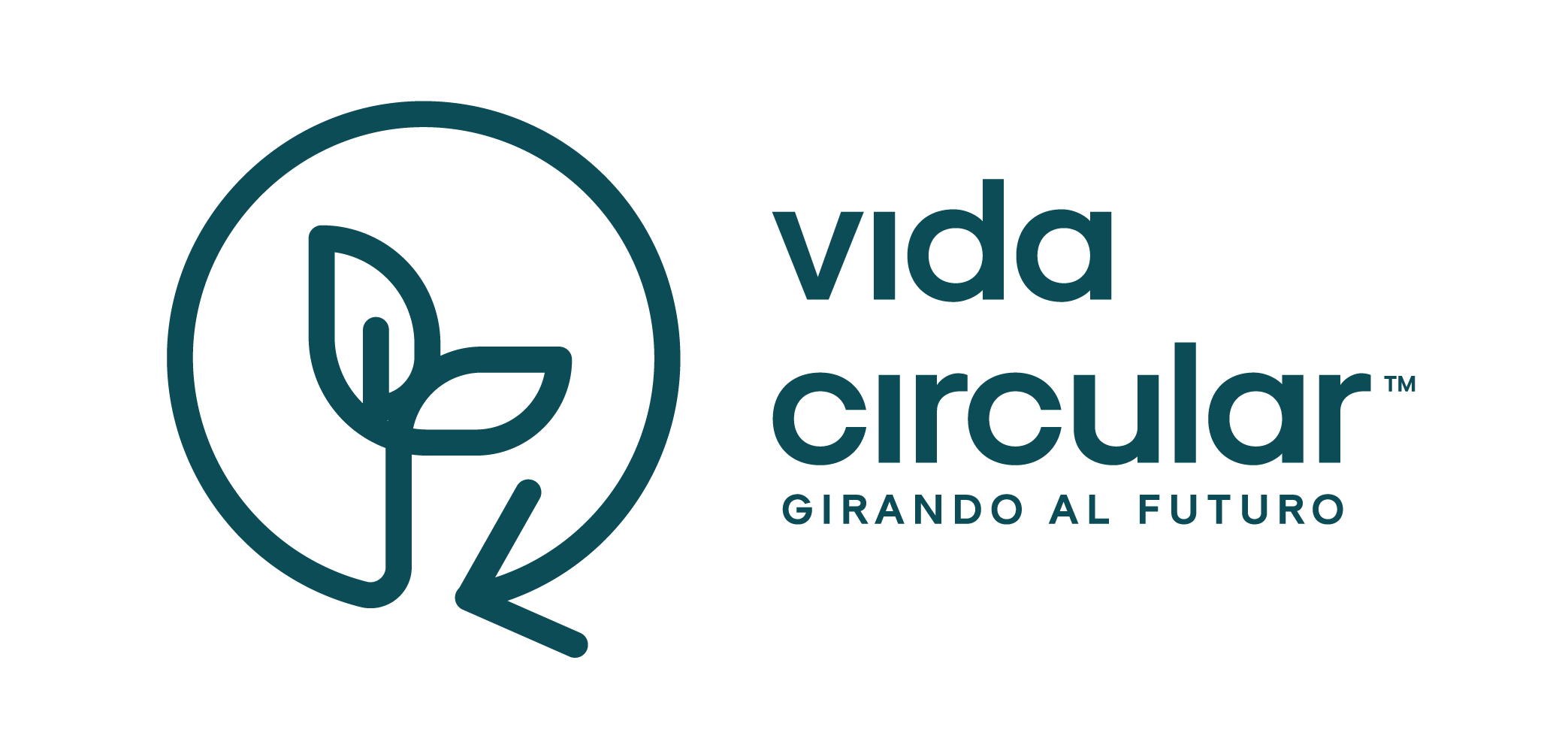Análisis del ciclo de vida
Es un proceso para evaluar, de la forma más objetiva posible, las cargas ambientales asociadas a un producto, proceso o actividad.
El Análisis del ciclo de vida, ACV es un tipo de estudio que mide el impacto ambiental a lo largo de todo el ciclo de vida de un producto o una actividad. Es decir, desde la obtención de la materia prima y su transporte, hasta la elaboración del producto, su distribución y utilización. Incluso puede ir hasta cuando es reutilizado, reciclado o desechado (Román, s.f.).
En otras palabras, es un proceso para evaluar, de la forma más objetiva posible, las cargas ambientales asociadas a un producto, proceso o actividad identificando y cuantificando el uso de materia y energía durante su producción.
Gracias a este análisis, es posible determinar estrategias de mejora y minimización de los impactos ambientales en todas las etapas que engloba el ciclo de vida de un producto o servicio.
Adquisición de materias primas
Esta etapa abarca actividades de acción directa en el medio ambiente e involucra el uso de recursos no renovables, agua y biomasa de recolección.
Proceso y fabricación
Esta etapa comprende todas las actividades requeridas para transformar las materias primas y la energía en el producto deseado.
Distribución y transporte
Traslado del producto final al cliente.
Uso, reutilización y mantenimiento
Uso del producto final durante su vida útil.
Recuperación y tratamiento
Este paso es clave la posibilidad de reutilización o reciclaje de los materiales, en algunos casos es posible cerrar los ciclos de vida insertando el material recuperado en un punto de la fabricación de un nuevo material
Disposición, destino final
El material no es valorizado, termina su ciclo de vida. En este punto se valora la forma en que este se desecha.
Adquisición de materias primas
Esta etapa abarca actividades de acción directa en el medio ambiente e involucra el uso de recursos no renovables, agua y biomasa de recolección.
Proceso y fabricación
Esta etapa comprende todas las actividades requeridas para transformar las materias primas y la energía en el producto deseado.
Distribución y transporte
Traslado del producto final al cliente.
Uso, reutilización y mantenimiento
Uso del producto final durante su vida útil.
Retiro y tratamiento.
Este paso es clave la posibilidad de reutilización o reciclaje de los materiales, en algunos casos es posible cerrar los ciclos de vida insertando el material recuperado en un punto de la fabricación de un nuevo material
Disposición, destino final
El material no es valorizado termina su ciclo de vida. En este punto se valora la forma en que éste se desecha
— EJEMPLO DE ANÁLISIS DE CICLO DE VIDA ACV

ALPLA realiza periódicamente análisis del ciclo de vida del rPET y el rHDPE de sus propias plantas de reciclaje en todo el mundo para confirmar con datos científicos los efectos positivos del reciclaje en la huella de carbono.
La resina reciclada de ALPLA en México, en IMER y en AlplaRecycling Toluca, (rPET y rHDPE, respectivamente) generan hasta un 87% menos de emisiones de carbono equivalente que el material virgen. Este hallazgo se basa en el cálculo de la huella de carbono del producto, realizado por la consultora independiente C-7 consult y muestra el compromiso de ALPLA por ofrecer soluciones para una vida segura, accesible y sustentable a nivel mundial.
Sabiendo de la importancia de las estrategias de sustentabilidad de las empresas y del imperativo de tener datos confiables y científicos que las soporten, ALPLA realizó por primera vez en México el cálculo de la huella de carbono de sus resinas recicladas producidas en el país. Este análisis tiene un enfoque de la cuna a la puerta (cradle to gate), es decir, desde el acopio de material post-consumo, hasta su transformación en resina reciclada lista para ser procesada en nuevos productos.
IMER (Industria Mexicana de Reciclaje S.A. de C.V) planta de reciclaje de PET grado alimenticio, produce rPET (PET reciclado) con una huella de carbono de 0.38 kg CO2e por kilogramo. Esto representa una reducción de 87% de gases de efecto invernadero al compararlo con material virgen.
ALPLARecycling Toluca, produce rHDPE (HDPE reciclado) con una huella de carbono de 0.69 kg CO2e por cada kilogramo de resina reciclada. Esto genera una reducción de 70% en comparación con material virgen. Esta planta se inauguró en noviembre de 2021 con una inversión de 40 millones de euros y cuenta con una capacidad de producción de 30,000 toneladas anuales de material reciclado.
